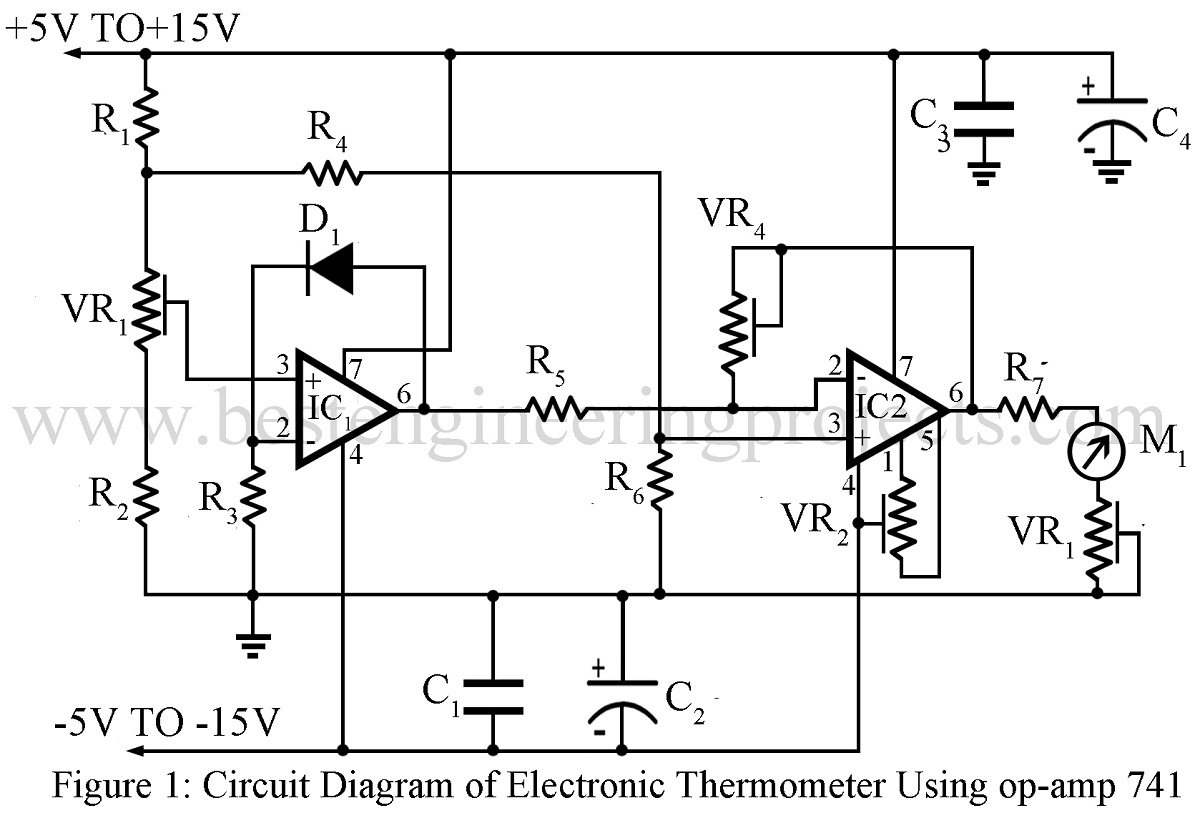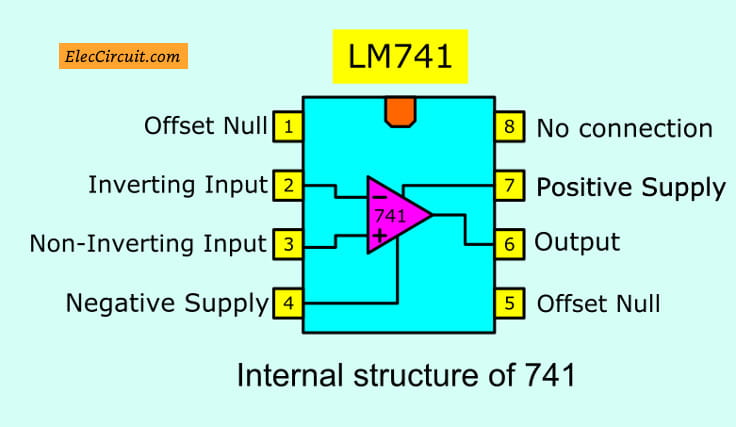

Because the sensing range for the op-amp is only about 100 micro-volts. This makes them very sensitive & ideal as error sensors. We can couple the op-amp directly and has a very high gain(typically 100,000). Differential amplifier-I often see in the power supply circuit as an error sensor.Non-inverting amplifier-the input (-) connected to GND.Inverting amplifier-The input (+) connected to GND.Types of op-amps in useħ41 op-amp is good in the amplifier. Connect 741 op-amps to the 9V dual supply or split power supply. Because the 741 is low power consumption. Give a dual voltage with two 9 volt batteries. It runs well with a voltage supply of 4.5V to 18V Most op-amp circuits use a dual polarity power supply. So, you should draw it with a 741 op-amp symbol. It is not fun to draw a real 741 on DIP-8 form. Although there are only eight legs, each leg is important. It is so easy if you know about its legs or 741 pinouts. They have basic general features as follows.


To increase the signal to a higher level to the output. We can enter either an AC or DC signal to the input. The 741 op-amp is one type of solid state. (should not exceed the power supply voltage) And the price of the 741 is as well as a single transistor. They are in a plastic package DIP-8 of Fairchild, Since the year 1965.Īnd the op-amp became number 741 in the second year, Fri 1968.Īre you a beginner? Learn Basic Electronics The op-amp can be on tiny silicon sheets. The high open-loop gain serves the purpose of linearizing the closed-loop gain through negative feedback (but this is probably above the scope of this answer).From advances of an integrated circuit. This offset voltage will be amplified by the open-loop gain of the amplifier, yielding an output voltage of 1200V! Obviously the op-amp cannot output this, so it simply rails in one direction, or the other.Īs a general rule, unless you're using them as comparators, op-amps aren't usually used in open-loop configurations. The worst case input offset voltage for this op-amp is 6mV, or even 7.5mV across the whole temperature range. Remember, op-amps have very very high open-loop gain (106dB in this case or about 200,000). The 741 series of op-amp may require you to "null" the input offset voltage, so even if you apply an identical voltage to both terminals, without any feedback or nulling on the terminals, I'd expect it to rail in one direction or the other. This is a factor present in all non-ideal op-amps, and can be modelled as such: You're also not taking into account the input offset voltage.


 0 kommentar(er)
0 kommentar(er)
